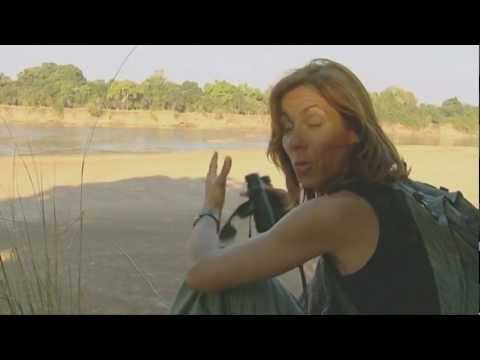
A walking safari in Zambia offers an intimate, thrilling encounter with the wilderness, one that adds a whole new dimension to the traditional game drive experience. Unlike drives where tourists observe from the comfort of a vehicle, walking safaris invite adventurers right into the heart of nature. This guide explores what makes Zambia, particularly its South Luangwa National Park, a premier destination for walking safaris.
#### Why Choose Zambia for a Walking Safari?
Zambia is often considered the birthplace of walking safaris. It is home to South Luangwa National Park, where the concept was first developed in the 1950s by conservationist Norman Carr. This approach to safari allows for a deeper connection with the environment and offers detailed insights into ecosystems that might be missed in vehicles.
The landscapes in Zambia are diverse, ranging from dense forests and sweeping plains to bustling rivers and tranquil lagoons. Such variety not only offers scenic beauty but also supports an impressive array of wildlife including elephants, lions, leopards, and countless bird species.
#### What to Expect on a Walking Safari
1. **Close Encounters with Wildlife**: While safety is always paramount with professional guides who understand animal behavior intimately leading every group, expect heart-pounding moments as you encounter animals on their turf.
2. **Expert Guides**: Zambian guides are renowned for their training and expertise. Most have grown up in or near these wilderness areas and bring personal stories and deep knowledge about the fauna and flora.
3. **Learning Experience**: Guides will teach you tracking techniques — how to identify animal footprints or recognize bird calls. You’ll learn about medicinal plants, ecosystem interactions, survival skills, and maybe even local folklore.
4. **Slower Pace**: Unlike game drives that cover large distances quickly, walking safaris are slow-paced. This pace allows you to appreciate smaller details — insects crawling on a tree bark or antelopes playing in distance.
5. **Night Walks**: Some camps offer night-time walks—a rare opportunity to experience nocturnal wildlife activities under starlit African skies.
6. **Eco-conscious Traveling**: Walking safaris epitomize eco-tourism by minimizing environmental impact while maximizing animal welfare and conservation efforts.
#### Best Time to Go
The best time for a walking safari in Zambia is during the dry season from May to October when the bush is less dense and wildlife congregates around water sources making them easier to spot. However, each season has its unique appeal; post-rain months see lush landscapes and vibrant wildflowers making it ideal for photographers.
#### Practical Tips Before You Go
– **Physical Fitness**: Ensure you’re in good physical condition as walks can last several hours over various terrains.
– **Packing Essentials**: Wear comfortable clothing — neutral colors help blend with nature; pack light layers for changing temperatures through day and night.
– **Health Precautions**: Take malaria prophylaxis (consult your doctor), use insect repellent liberally, stay hydrated.
– **Respect Local Guidelines**: Always follow your guide’s instructions; staying silent or still can be crucial during encounters.
– **Travel Insurance**: Always travel with insurance covering medical emergencies given remote locations away from immediate medical facilities.
#### Conservation Efforts
Walking safaris help fund local conservation initiatives directly since part of tourism revenue typically supports anti-poaching units or community development projects like schools or health clinics which foster strong relationships between national parks and neighboring communities.
#### Conclusion
A walking safari in Zambia offers more than just exercise amidst breathtaking landscapes; it’s an immersive educational journey through one of Africa’s most pristine environments guided by some of the continent’s most skilled naturalists. Whether it’s witnessing a predator-prey chase or quietly observing a herd of elephants at sunset, each step unveils unexpected wonders creating memories that last beyond footsteps left behind on Zambia’s wild trails.
